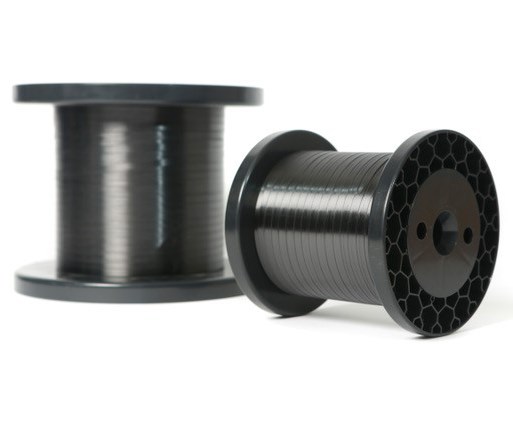Bindatex enables flexibility to NCC for AFP projects
The composites and advanced materials precision slitting company reports increased orders from the National Composites Centre.

Source | Bindatex
Composites and advanced materials precision slitting company, Bindatex (Bolton, U.K.), has announced a recent increase in orders from the National Composites Centre (NCC, Bristol, U.K.) over the past six months. The NCC has been a customer of Bindatex for the past eight years.
“The NCC was looking to support one of its customers to source a non-standard, development material to the correct width, with compressed lead times,” says Andy Sutton, engineering capability lead at the NCC. “Being able to use Bindatex gave us and our customers the flexibility to do more investigations into the design of their product, with Bindatex’s flexibility allowing us to change the sizes up until the last minute. By doing this, a more optimized solution was found and an interesting line of product development was able to continue unhindered.”
Bindatex moved to a larger facility in 2018 and has invested in machines with Industry 4.0 capability, enabling exact widths of spooling to be digitally captured. The company reports that its manufacturing facility contains state-of-the-art slitting machines with a wide range of capabilities, including narrow width precision slitting for automated fiber placement (AFP) to automated tape laying (ATL); flake/chopped fiber production, micrometer slitting/kiss cutting; traverse wound spooling as well as die and sheet/panel cutting.
“The NCC were aware that we slit and spool precision composite tapes, but over the last year we have been working more closely with the NCC as they realized the extent of our capabilities and that we could do a lot more than what we had been doing for them,” says Chris Lever, Bindatex managing director. “We are experts at taking development, non-standard and often challenging to cut material and precision slit these to extremely high tolerances. Not only that, our lead times are relatively short compared to typical industry standards.”
Lever adds, “Some material sourced from certain parts of the world can appear to be better value for money, but tolerances aren’t always as precise as a customer needs. We monitor slit width precisely and by extracting this valuable data while the machines are processing the material means we can work within our customers specification.”
Related Content
-
Adaptive composite elements for building facades exhibited at JEC World 2023
University of Stuttgart institutes use carbon and glass fiber composites, robotic fabrication, biomimetic design and digial twin/control to demonstrate adaptive facade elements for future buildings.
-
Aerotech Academy Puglia is inaugurated at Leonardo Aerospace site in Grottaglie, Italy
Joining the Leonardo MaTeRIA Lab and Joint Lab with Syensqo, this aerostructures training course will be 75% materials science and structural design/analysis, 25% digital transformation and AI.
-
New Frontier Technologies launches digital twinning, high-fidelity simulation capability
3D imaging and analysis capability illustrates detailed, quality characterization and performance simulation of composites and other advanced materials that properly captures the as-manufactured component.

.jpg;width=70;height=70;mode=crop)













.jpg;maxWidth=300;quality=90)
